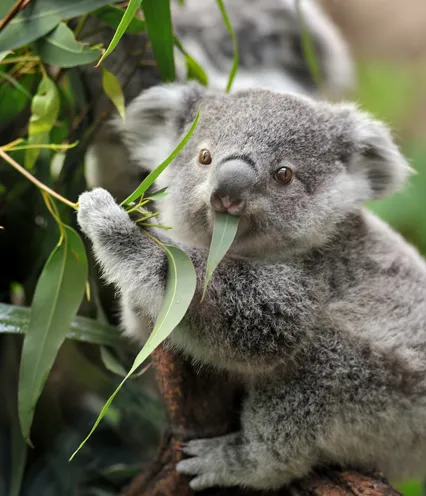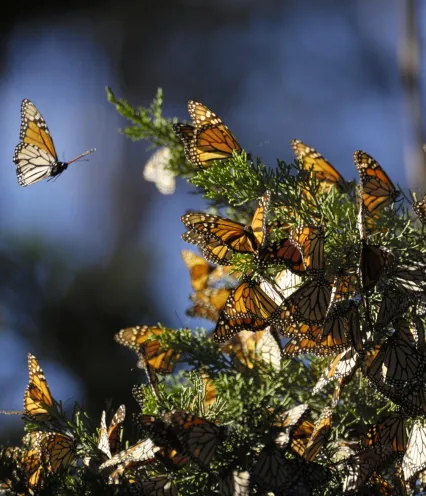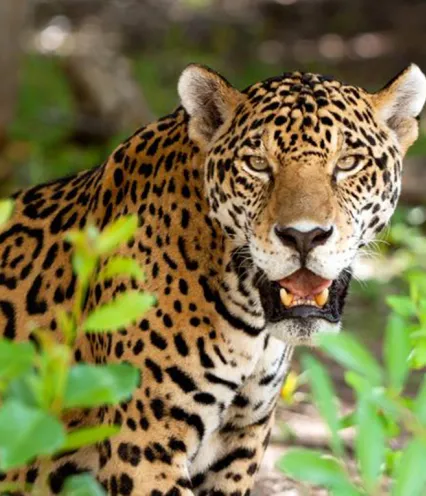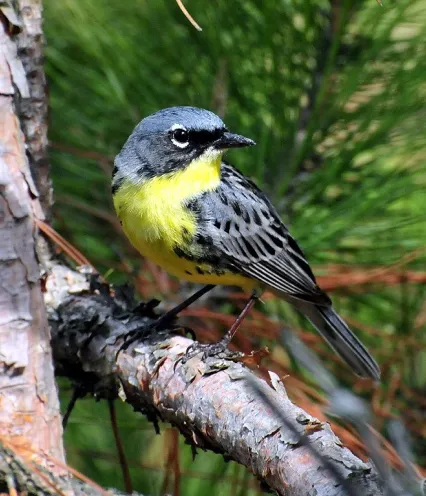The forest is home to life’s symphony
Biodiversity is crucial for a healthy, humming planet where ecosystems and humans can thrive. From the pollinators of the sky to the health of the soil, the diversity of life in forests gives us food, medicine, clean water, and helps regulate our climate.
With 80% of all life on land existing in forests, the health of our planet is directly tied to forest ecosystems that are thriving. But our forests are under attack unlike any other time in human history.
We have lost more forest land in the last 50 years than during any other time in history. In 2023, approximately 20 million acres of forests vanished from deforestation or climate-related conditions, like worsening wildfires. When we lose trees, the delicate balance of biodiversity is at stake.
How trees support biodiversity
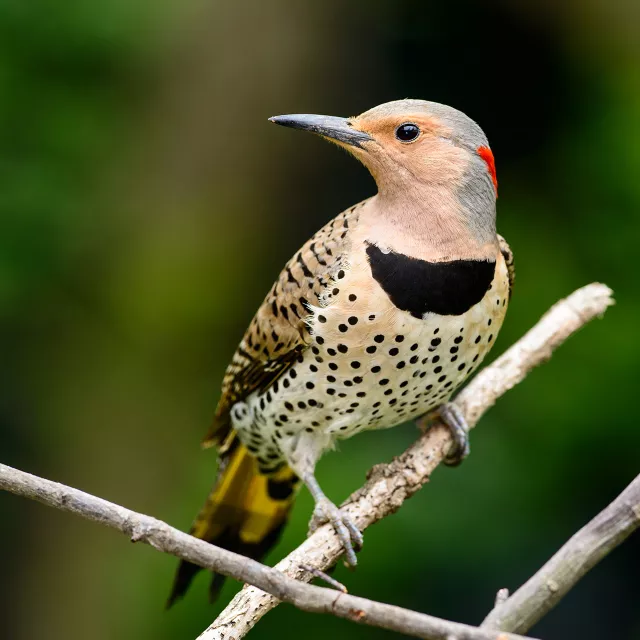
Habitat
Forests provide complex habitats supporting an array of plant and animal species. Trees and forests offer food, shelter, and even migration routes. From the canopy to forest floor, these natural areas foster life and maintain our world’s ecological balance.
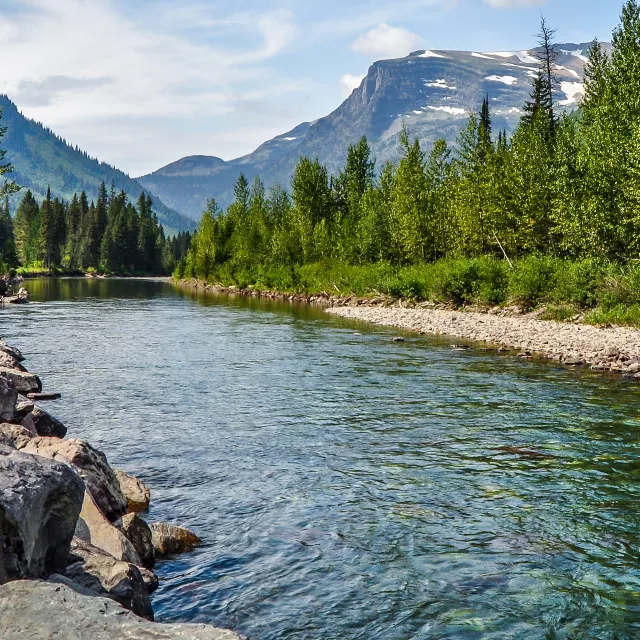
Clean water
Forests play a crucial role in maintaining water quality and supply globally. Trees prevent soot, soil, and chemicals from entering our waterways, promoting healthier plants and animals that call forests home. They absorb and store rainwater, and keep our rivers flowing downstream. And with more than half of America’s drinking water first running through forests, it means cleaner water for you, too.

Air quality
Forests are vital for global air quality and clean the air we breathe by absorbing massive amounts of carbon from the atmosphere and replacing it with oxygen. Forests also filter out other airborne pollution and particulate matter, improving the air quality in nearby cities and communities.
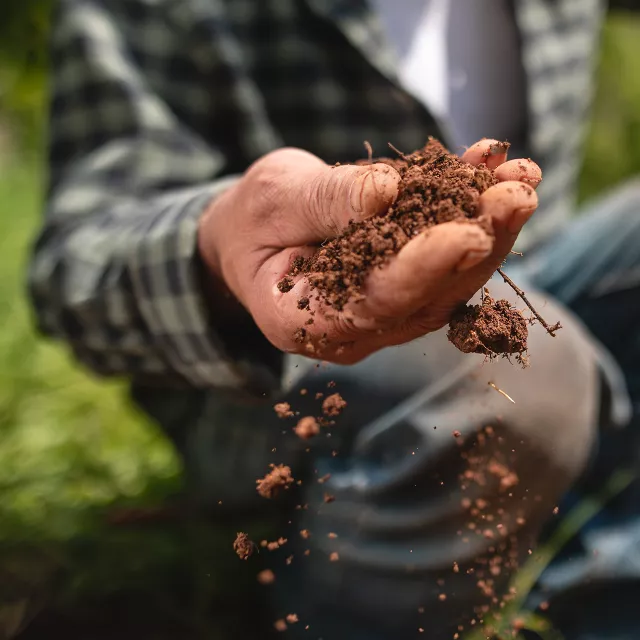
Soil
Trees along waterways are riparian buffers, acting as natural filters that prevent soil erosion. They even keep chemicals like fertilizers from seeping into our lakes and rivers downstream. Fallen leaves provide food for the soil's microorganisms, creating a more fertile environment for other plants to thrive.
Take Action Today
Life inside forests fuels life outside them. For plants, animals, ecosystems, and people to thrive, we need more trees. The Arbor Day Foundation is digging in to strengthen biodiversity and plant a healthier tomorrow for all of us. But we need your help.

Planet health starts with science
We use science and data to determine where our efforts can have the most impact for the planet’s health. Then we activate the knowledge and expertise of our global planting partner network, built over five decades. These are our friends on the ground with shovel-ready projects waiting to get trees planted the right way.
This approach has guided us to a few key priority regions that hold significance to the health of the planet, a few of which may be closer to home than you might think.
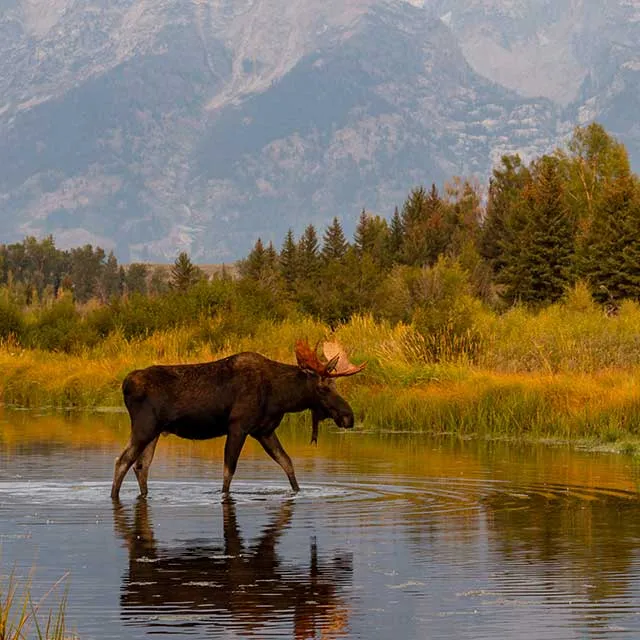
Partners in reforestation
As we lose forestland at alarming rates, our corporate partners have played an essential role in scaling efforts to restore and preserve biodiversity. This critical work takes all of us, and we're excited to partner with organizations that are passionate about initiatives to clean water, foster life in forests, and grow a healthier tomorrow.
Questions about biodiversity?
Learn definitions and terminology that bring the world of biodiversity to life.
The definition of biodiversity encompasses the plants, animals, and ecosystems that form life’s symphony. The term itself comes from combining the words “biological” and “diversity,” highlighting the richness and variety of life forms in a specified region or environment. More than just a number of species, biodiversity encompasses the unique relationship and interdependence between organisms and their environment.
If you’re looking for an example of biodiversity, think of the rainforest. From the soil to the treetops, you find a rich diversity of life, including bugs, predators, plants, trees, microorganisms, and so much more.
According to the International Union for Conservation of Nature (IUCN), biodiversity hotspots are areas that house many species that aren’t found elsewhere in the world and are currently being threatened by deforestation, pollution, and extreme weather.
There are currently 36 priority hotspots that are hubs for ecological biodiversity but face difficult environmental challenges.
A biodiversity index measures the total number of species in an area, the density of a specific type of species in that same region, and how balanced these numbers are. This equation is important for understanding biodiversity loss and growth. By giving a number to biodiversity, scientists and conservationists can make informed decisions about where tree planting efforts can do the most good.

